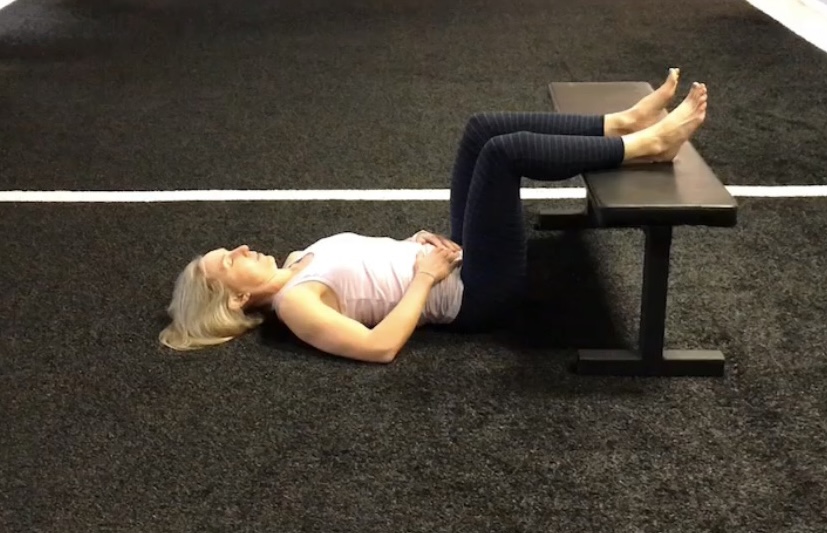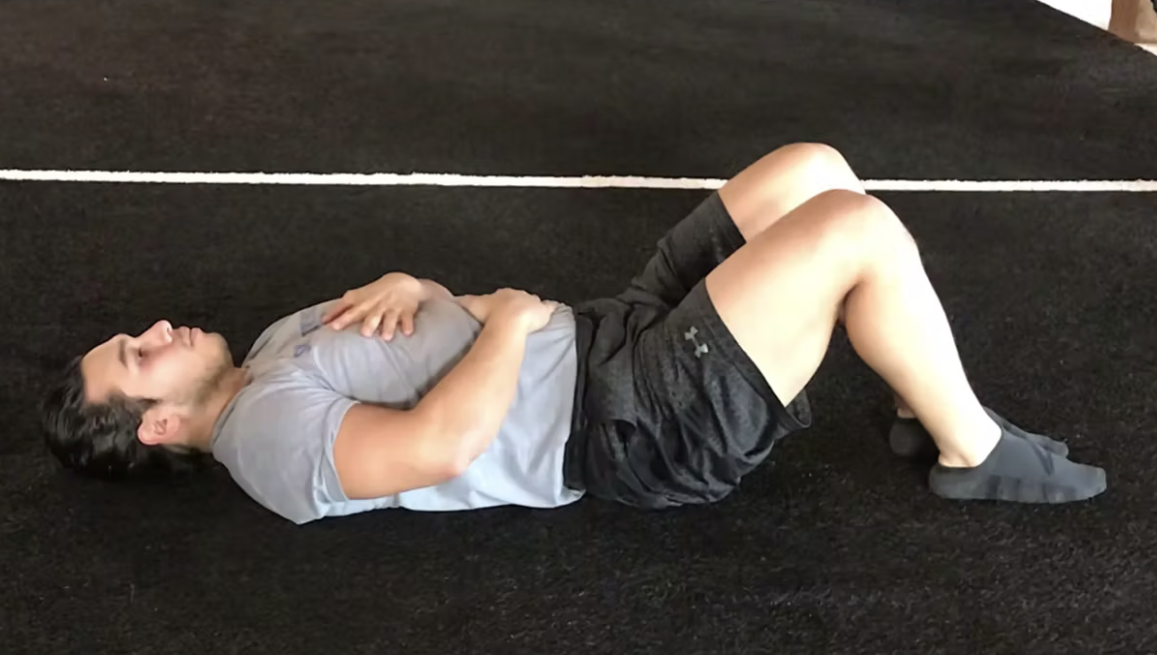It’s fair to say most of us are dealing with many high stress situations these days. We’re feeling unsure about when things will trend in a more positive direction… and for how long. Being optimistic and finding the silver lining in real life situations can be difficult, especially when things are out of your control.
One thing we can control is the way in which we breathe.
Despite what some may think, proper breathing is a skill that requires practice. There are two books I highly recommend to get you breathing in the right direction:
Both authors spell out the various reasons why and how we should breathe in specific ways, as well as the negative effects of poor breathing habits.
“The process of breathing has been warped by chronic stress, sedentary lifestyles, unhealthy diets, overheated homes, and lack of fitness. All of these contribute to poor breathing habits. These in turn contribute to lethargy, weight gain, sleeping problems, respiratory conditions, and heart disease.” (McKeown, p. 2).
These books also include exercises aimed to improve athletic performance, reduce the risk of injury, address exercise-induced asthma, bring about a sense of calm, and so on.
I want to share one of the most valuable lessons I took away from these books, and describe a few helpful breathing exercises you can begin to experiment with.
Noses Are for Breathing, Mouths Are for Eating
We should all avoid breathing through our mouths, except for those moments when we exert ourselves during a training session, or some other high demand situation. The impact of breathing through our noses has been proven to be very beneficial. For starters, nasal breathing removes a significant amount of germs and bacteria from the air we breathe by way of cilia, or the tiny hairs that line the nose which act as a filter. In addition, there is the production of nitric oxide that nasal breathing provides. “The nose is a reservoir for nitric oxide, an essential gas for the maintenance of good health” (McKeown, p. 57).
Breathing through the nose carries a small amount of nitric oxide into the lungs. This particular gas is a vasodilator, meaning it relaxes the inner muscles of our blood vessels, causing the vessels to widen. As a result, nitric oxide will increase blood flow and deliver oxygen rich blood to the working muscles throughout our bodies. Furthermore, “immune function, weight, circulation, and mood can all be heavily influenced by the amount of nitric oxide in the body” (Nestor, p. 50).

2 Breathing Exercises to Try Today
I became interested in reading Breath and The Oxygen Advantage to see if the lessons within would help with my athletic performance, sleep efficiency, and ability to manage stress.
The following exercises I use to address these issues have made a tremendous impact. These exercises, and others that promote a state of meditation, should be practiced on a regular basis. I have found that consistent breath work, along with a regular exercise routine, have been instrumental in my pursuit of optimal health and wellness.
“By practicing meditation regularly, you will find that your attention no longer spends so much time in your , separated from life, dwelling on things you cannot change and things that have not happened yet. More important than the length of time you observe your breath during one sitting is the number of times you bring attention to your breathing throughout the day. See and feel the difference that this practice makes to your focus and concentration during sports and in your everyday life” (McKeown, pages 157-158).
Nose Songs
Nitric oxide is a powerhouse molecule that widens capillaries, increases oxygenation, and relaxes the smooth muscles. Humming increases the release of nitric oxide in the nasal passages 15-fold. “The effects can be potent when you practice humming a tune” (Nestor, p.223).
- Breathe normally through the nose
- Hum, any song or sound.
Practice for at least 5 minutes a day, more if possible.
Box Breathing
Navy SEALs use this technique to stay calm and focused in tense situations. It’s simple.
- Inhale to a count of 4
- Hold 4
- Exhale 4
- Hold 4
- Repeat
Longer exhalations will elicit a stronger parasympathetic response, which I’ll explain in a moment. A variation of Box Breathing to more deeply relax the body that’s especially effective before sleeping is as follows:
- Inhale to a count of 4
- Hold 4
- Exhale 6
- Hold 2
- Repeat
Try at least 6 rounds, or more if necessary.
The Parasympathetic and Sympathetic Nervous Systems
The parasympathetic nervous system restores the body to a calm and composed state, commonly referred to as the rest-and-digest response.
On the other hand, the sympathetic nervous system prepares the body for the fight-or-flight response, which is a rapid and involuntary response to a high stress or dangerous situation. While this response can be helpful in small doses and certain situations to engage or evade danger, it will create various risk factors to one’s health if chronic stress becomes an issue.
These risk factors may include:
- Anxiety
- Depression
- Digestive problems
- Headaches
- Heart disease
- Sleep issues
- Weight gain
- Memory and concentration impairment
Having a reliable strategy to efficiently recover from whatever kind of “sympathetic” situation you’re dealing with is of tremendous value.
4-7-8 Relaxation Technique
This technique was discovered by Dr. Andrew Weil who has devoted the past 30 years to developing, teaching, and educating others on the principles of integrative medicine. Rather than write out the timing and proper execution of this breathing pattern, I thought I would bring in Dr. Weil to demonstrate this one for you. This video is well worth the time to view and practice with him.
I have found that investing a small amount of energy into learning how to breathe properly, and practicing a few breathing exercises throughout the day, has been a life changer for me. I agree with Dr. Weil in that these practices are simple, require no equipment, take very little time, and cost nothing. “Improving the way you breathe during rest and exercise will have positive repercussions on your general health as well as your athletic performance, reducing the risk of injury, and enabling you to perform beyond your previous limitations” (McKeown, p.192).
I hope that today’s article gave you some incite into how you should be breathing, and some tips to help you improve your breathing patterns. Keep in mind that even if you suffer some sort of injury that interrupts your training, you can continue with your favorite breathing practices.
I encourage all of you to make time in your daily schedule to slow things down and don’t forget to go outside for some fresh air.

“The human spirit is stronger than anything that can happen to it.”
– C.C.Scott
{Post written by Coach Brendan O’Neill.}
